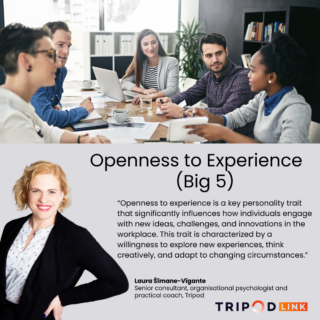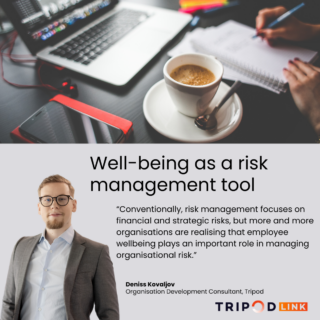
At the end of March, we celebrated International Neurodiversity Week. Although the topic is sensitive and relevant, how much do we really know about what neurodiversity is and how a neurodiverse team operates?
First of all, let’s clarify the term itself.
Neurodiversity is a broad concept that describes brains operating in non-typical ways. This doesn’t mean something is necessarily better or worse; it just means these brains have different interactions with the world. Examples include dyslexia, autism, attention deficit hyperactivity disorder (ADHD), and others.
Research shows that approximately 15-20% of the world’s population falls under the umbrella of neurodiversity. The majority of these individuals have varying forms of dyslexia and ADHD.
We can rejoice that there is a significant reduction in the stigmatized view of neurodiversity in society, and businesses are increasingly recognizing the unique strengths and perspectives that neurodiverse individuals bring. However, despite growing understanding, there remain very common, and sometimes even “everyday” challenges, such as: How to fully utilize the potential of neurodiverse employees in the workplace? How to help a neurodiverse team be more productive?
Let‘s explore these questions more in depth.
Challenges arising within a team primarily depend on how the neurodiversity spectrum manifests and how we, as a team, can work together. To better visualize the possibilities, we share some very specific examples of the most common forms of neurodiversity: attention deficit hyperactivity disorder (ADHD) and dyslexia.
- ADHD | How to Recognize?
Employee X sometimes struggles to focus, often forgets details, gets quickly bored with repetitive tasks, and jumps from one task to another. When brainstorming with colleagues, X shines with numerous creative ideas and has a particularly high energy level in group settings.
How to Help X be More Productive?
Firstly, discuss when X feels best and most productive and recommend specific times for specific activities accordingly. Clear rules and agreements are also beneficial, agreeing that priorities can be changed but results must be achieved by a certain time. Feedback and reflection on situations, what happened, what can be learned from them, and what is valuable to repeat are essential. Encouraging creativity is also important to foster discussion and challenge.
Result:
You’ll have an exceptionally creative team member who can generate unique ideas for you. Monitoring results and setting priorities will help the team member work with the rest of the team, and collective reflection can foster personal growth and even career advancement.
- Dyslexia | How to Recognize?
Employee Y is a true entrepreneur within the organization, recently opening a new business direction solely because she noticed a profitable niche. She finds solutions to problems easily, they are often innovative, and she has an excellent long-term memory. However, when working with documents, Y makes many grammatical errors, and she may need to read contracts several times to understand essential points.
How to Help Y be More Productive?
The most important information should be presented in multiple ways: in writing and verbally. Discuss the possibility of using various auxiliary tools for text analysis and compression. Although Y has an excellent long-term memory, she may face challenges with short-term memory, so it’s important to record agreements, use a calendar, or other planning tools.
Result:
You’ll have an innovative team member who can find the best solutions in complex situations. Assistance in recording agreements will help her advance her career path, and planning tools will help her not to miss tasks that could further contribute to her personal and your business success.
As we can see from the examples provided, when working with a neurodiverse team, it is especially important to try to understand where an employee struggles most and to search for solutions together. Efforts to understand are the first step towards greater team productivity. And whether the employee exhibits more pronounced neurodiversity or not, a personalized approach to how we work can reveal higher potential and profitably grow results. Upon closer inspection, perhaps such an attitude differs less from how we work with the rest of the team than we sometimes think 😊







